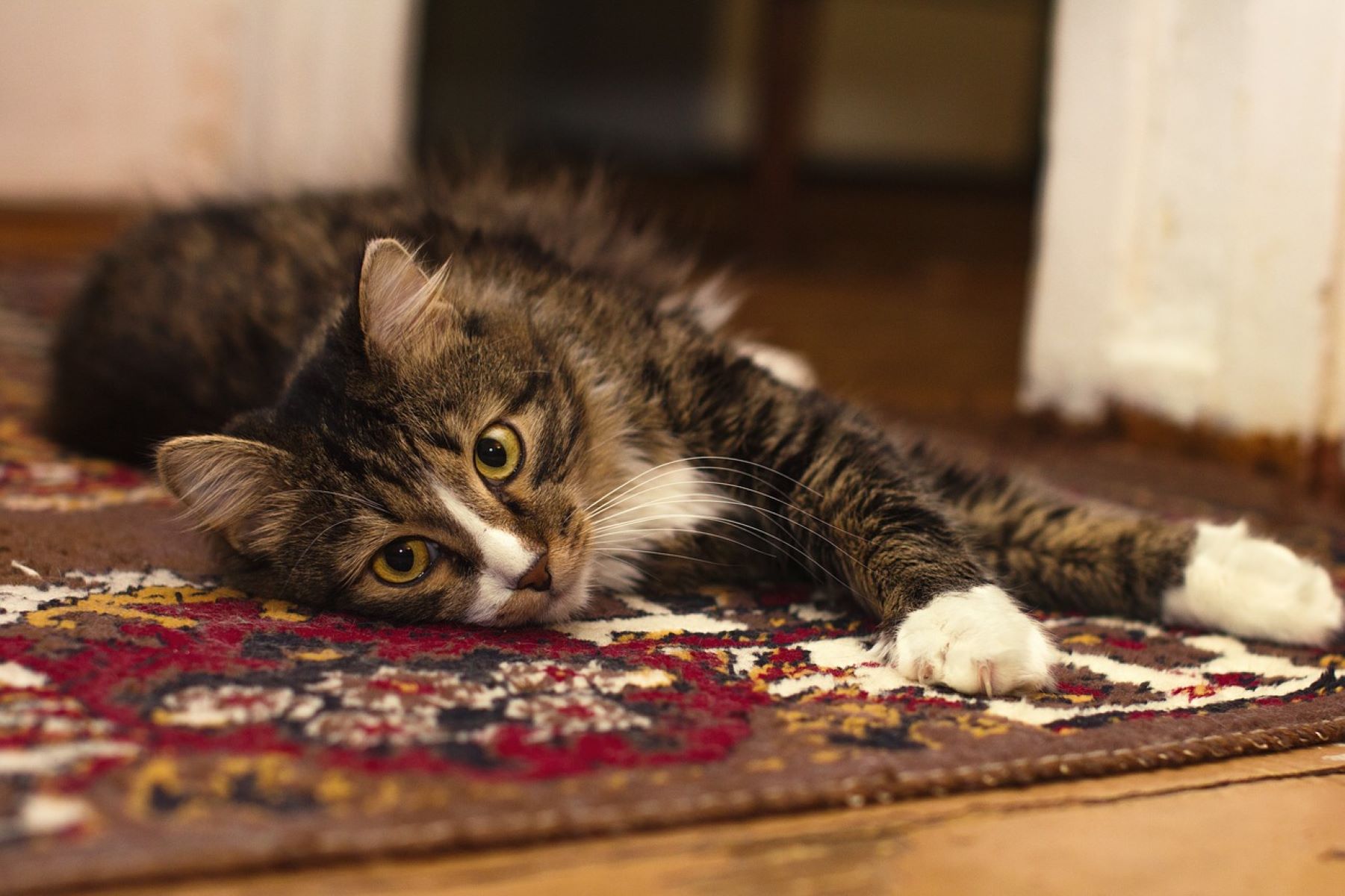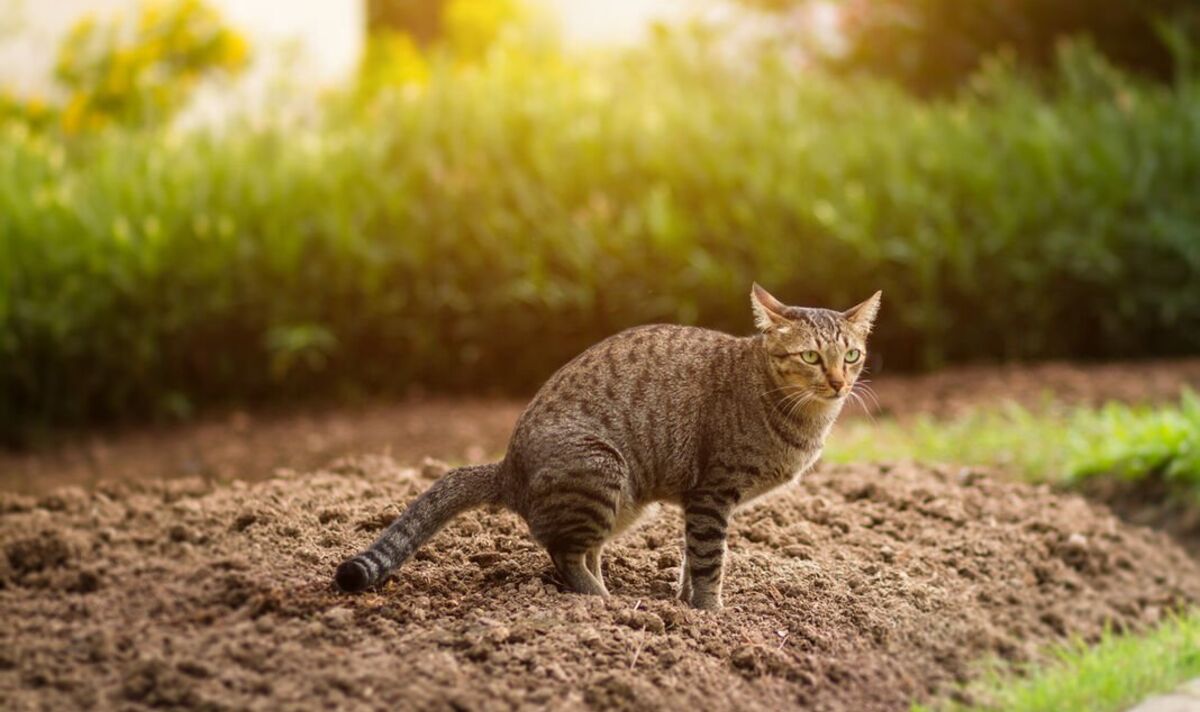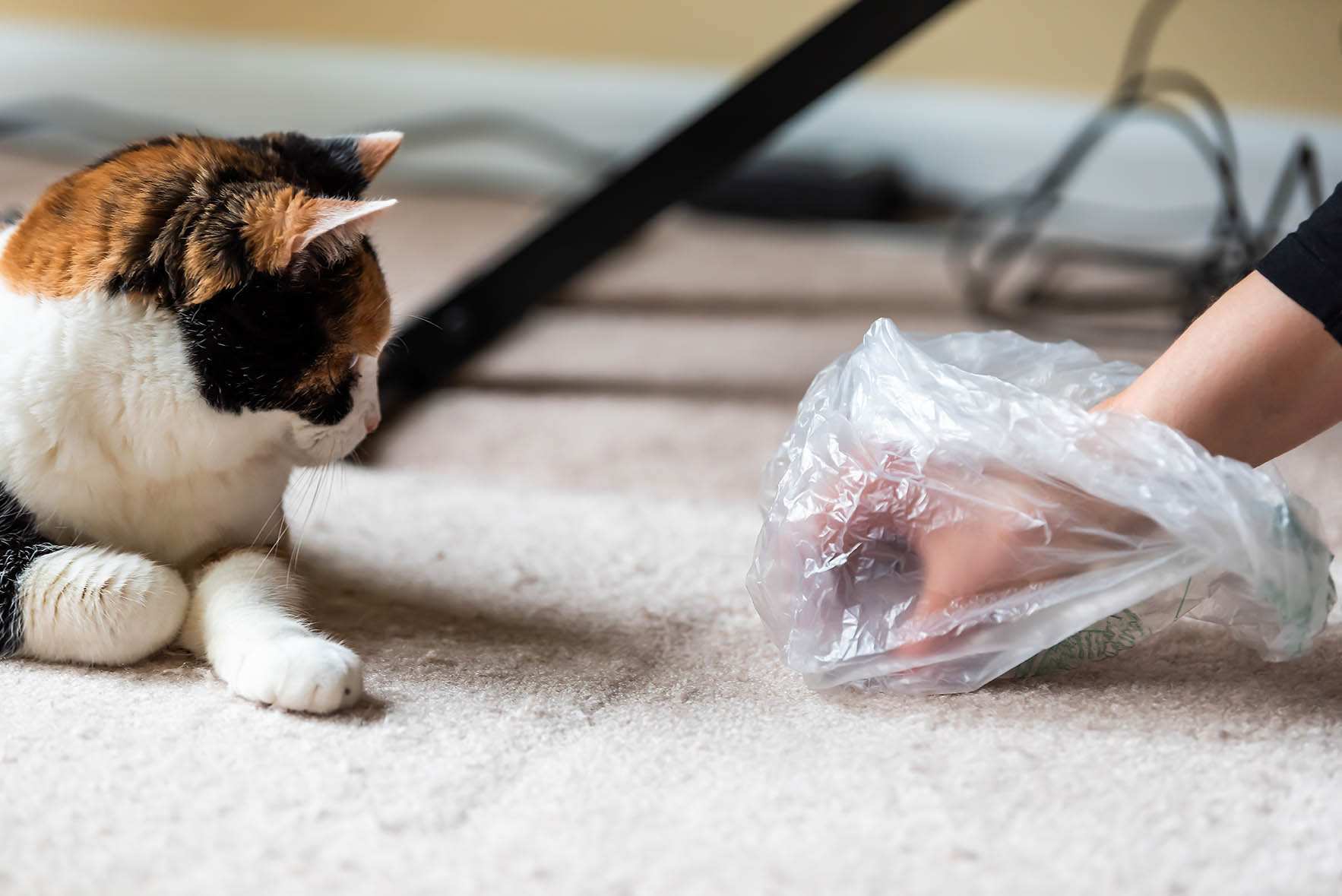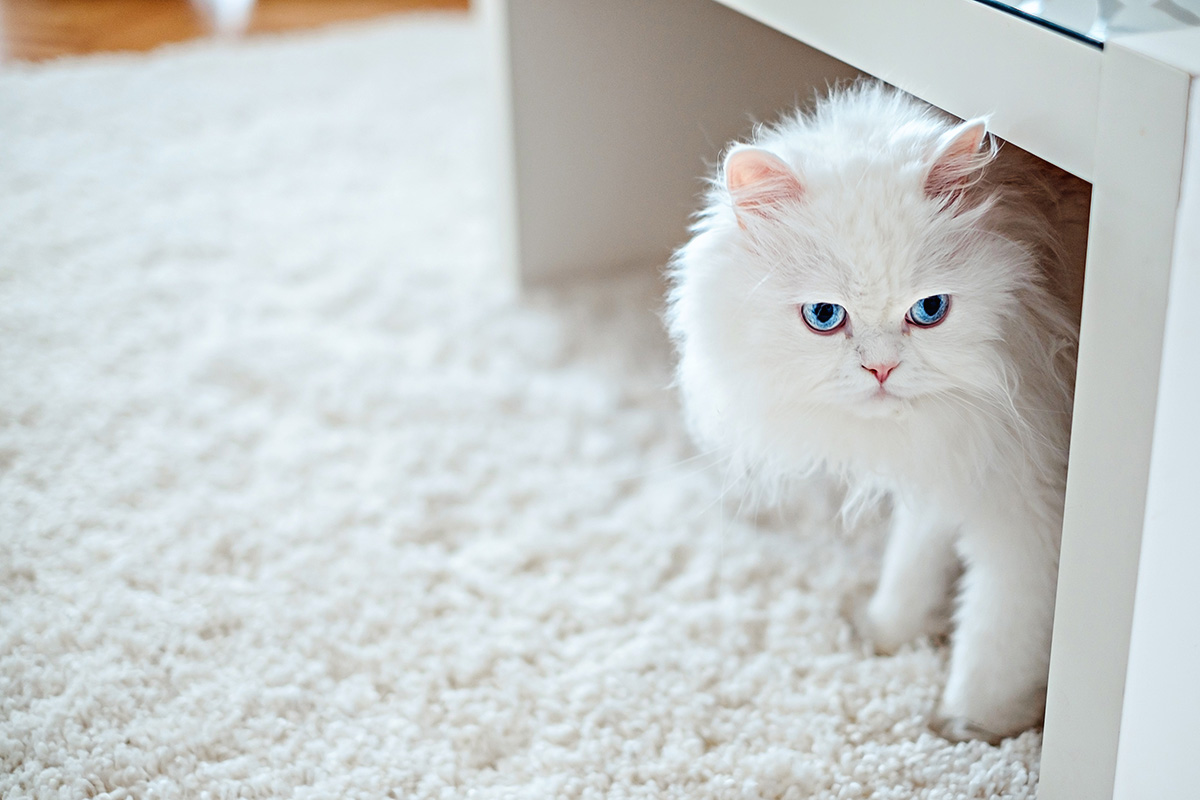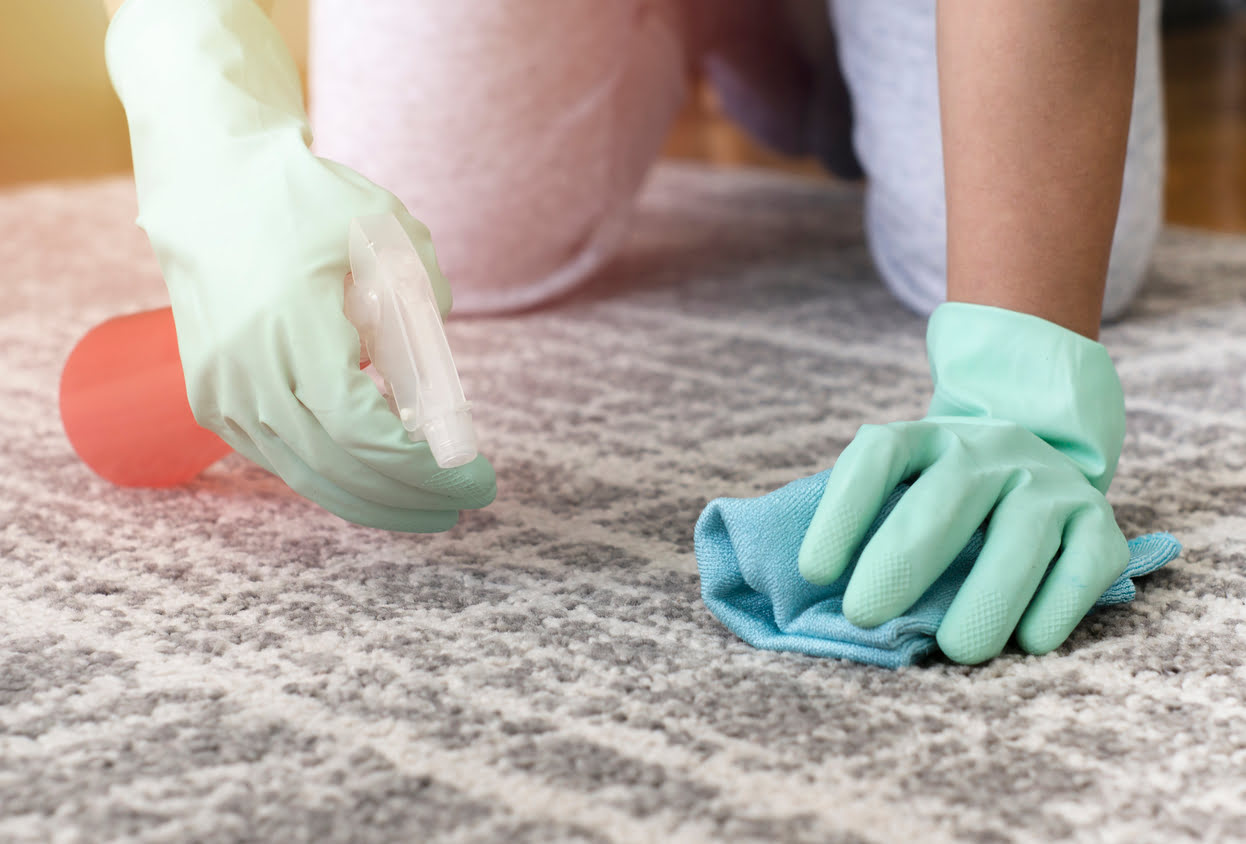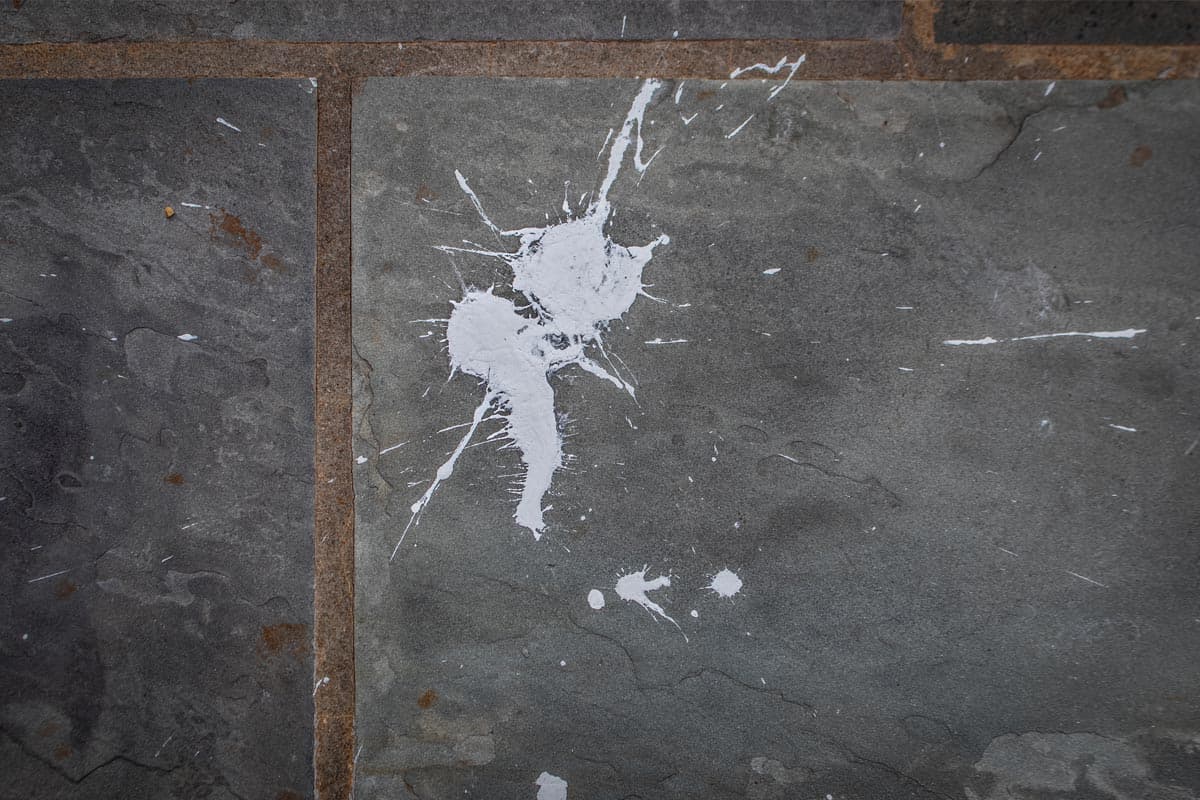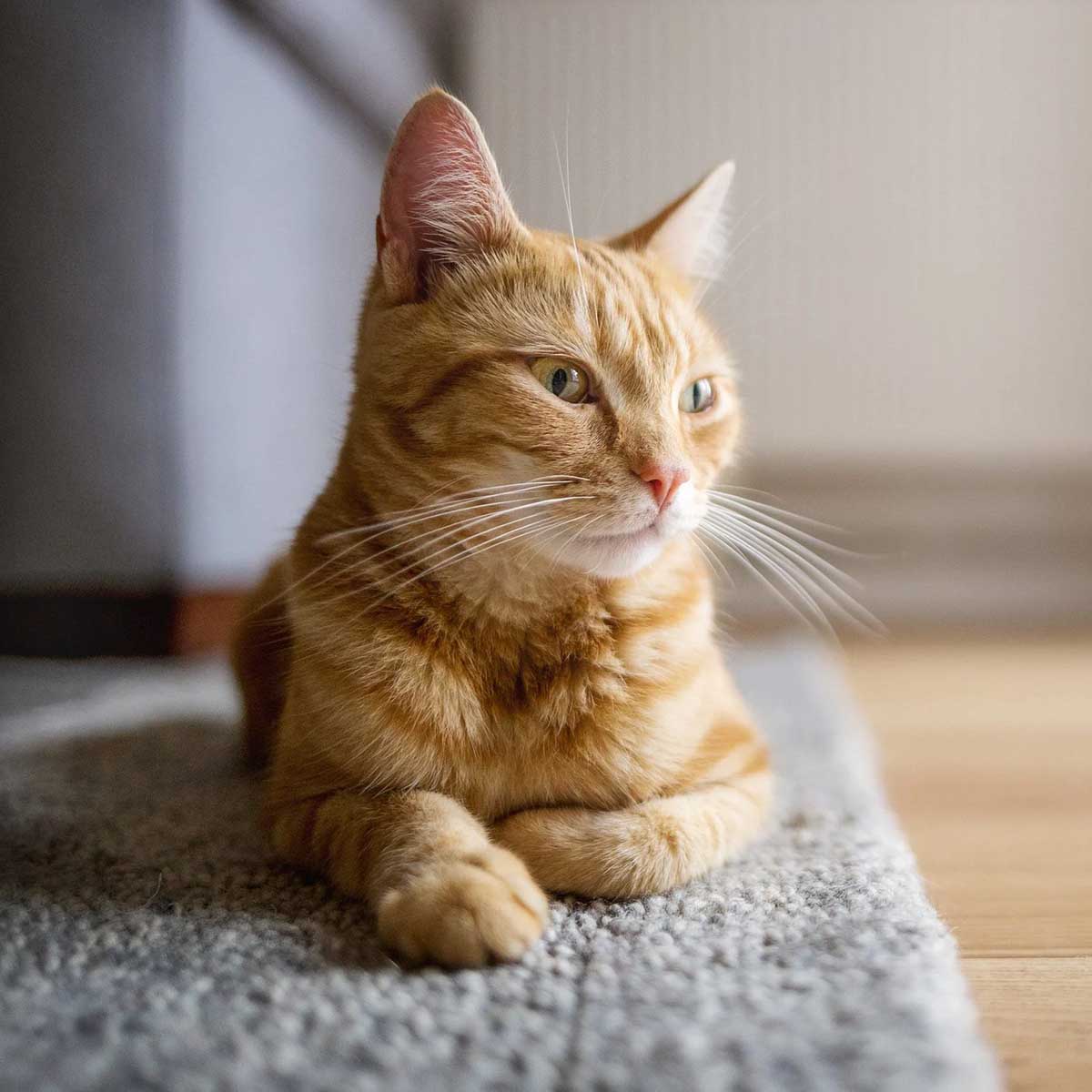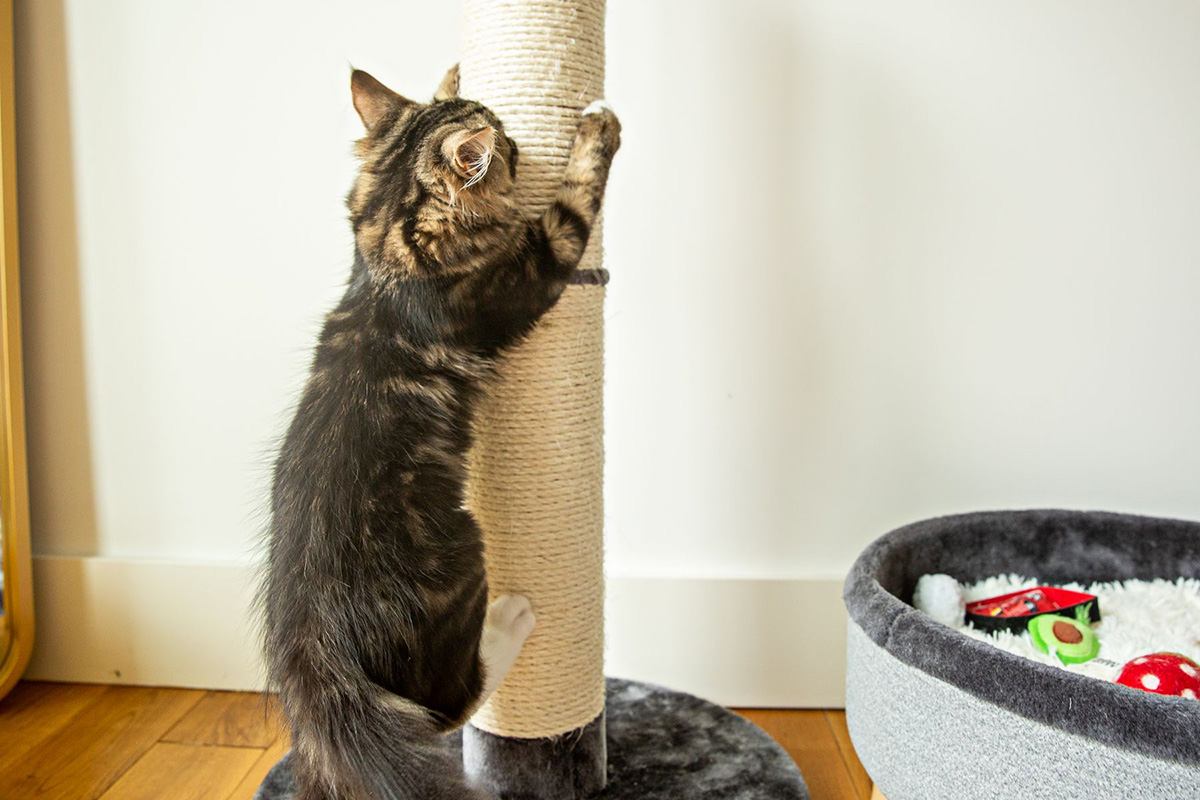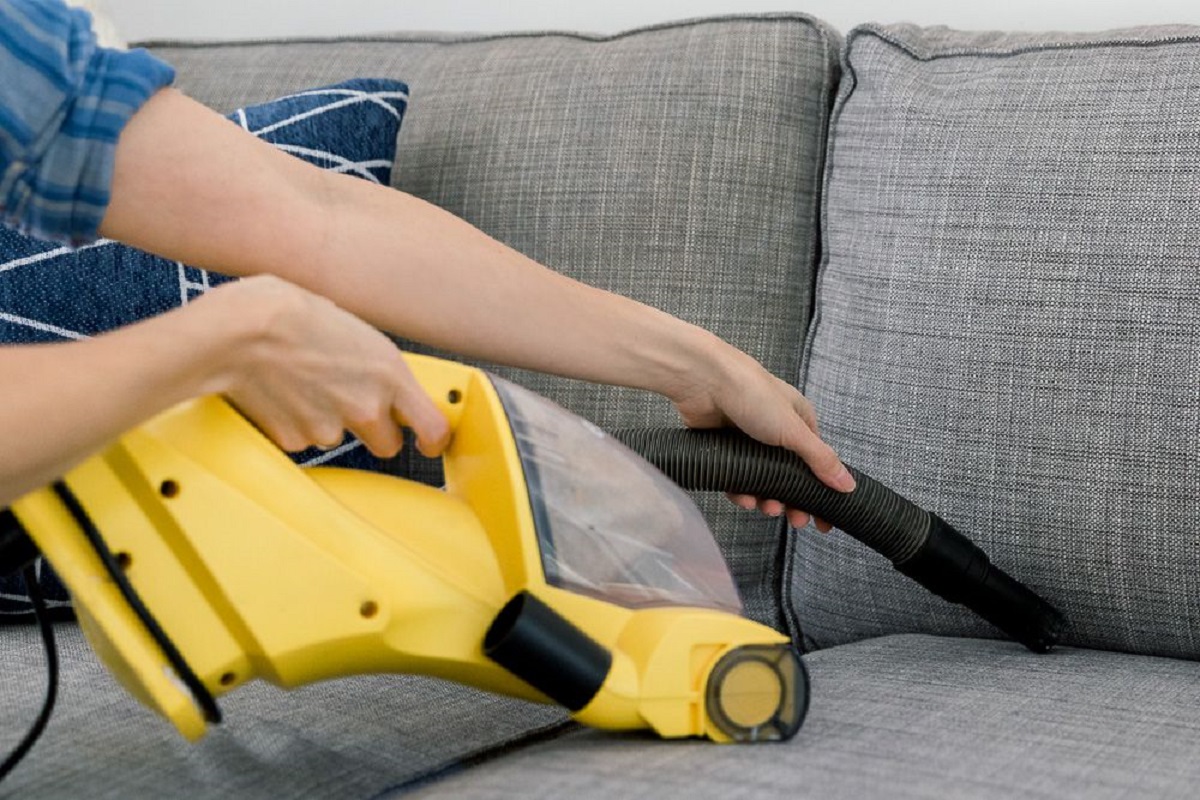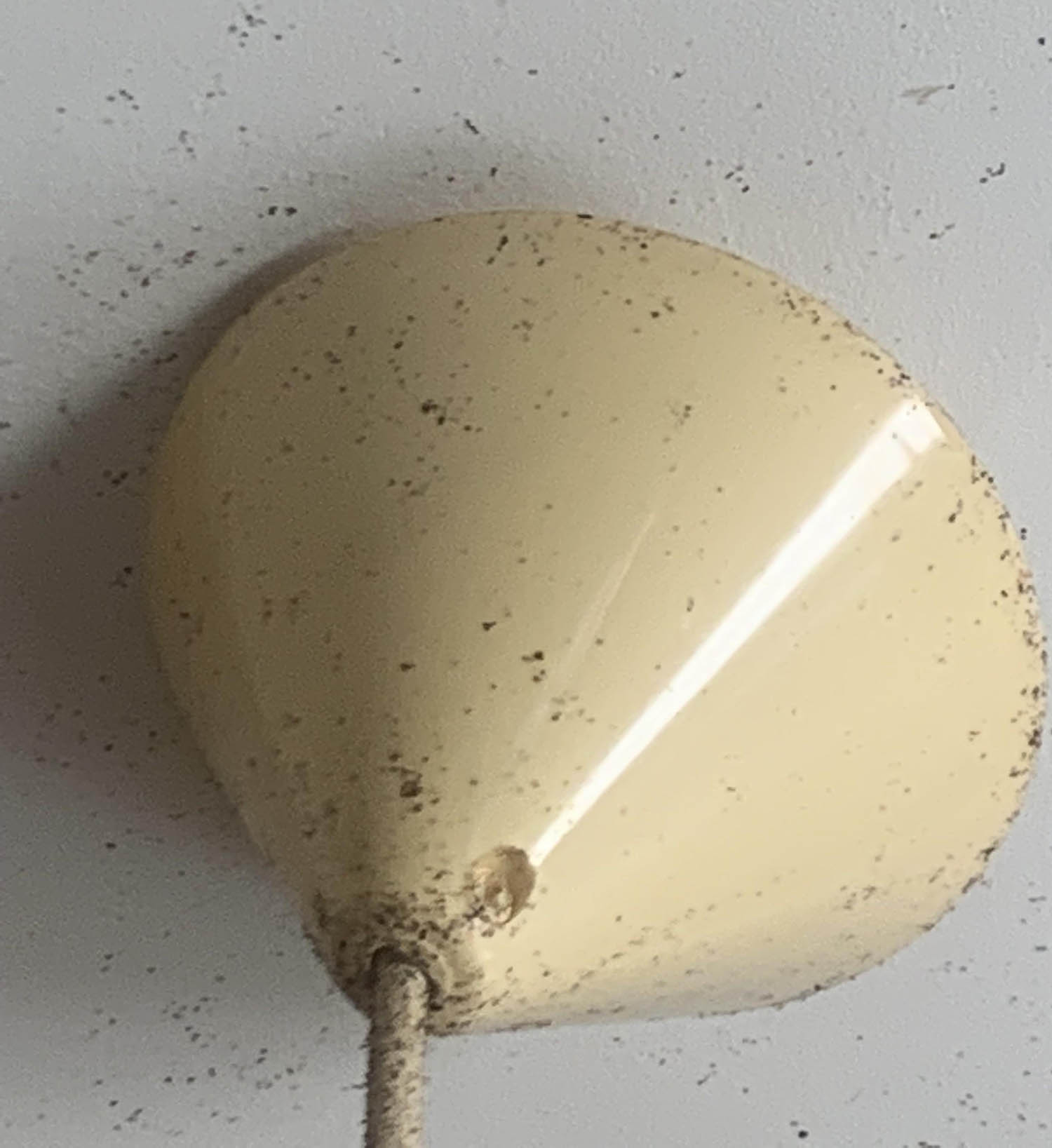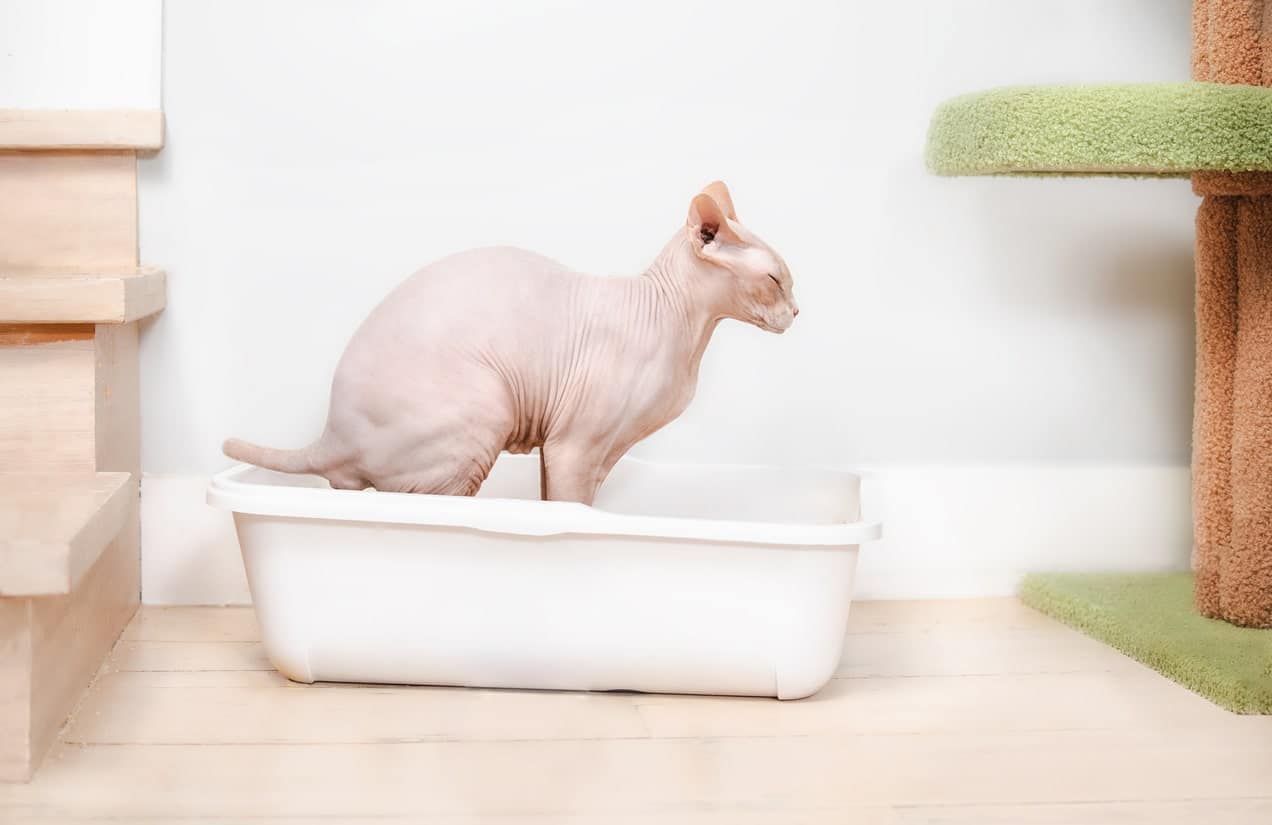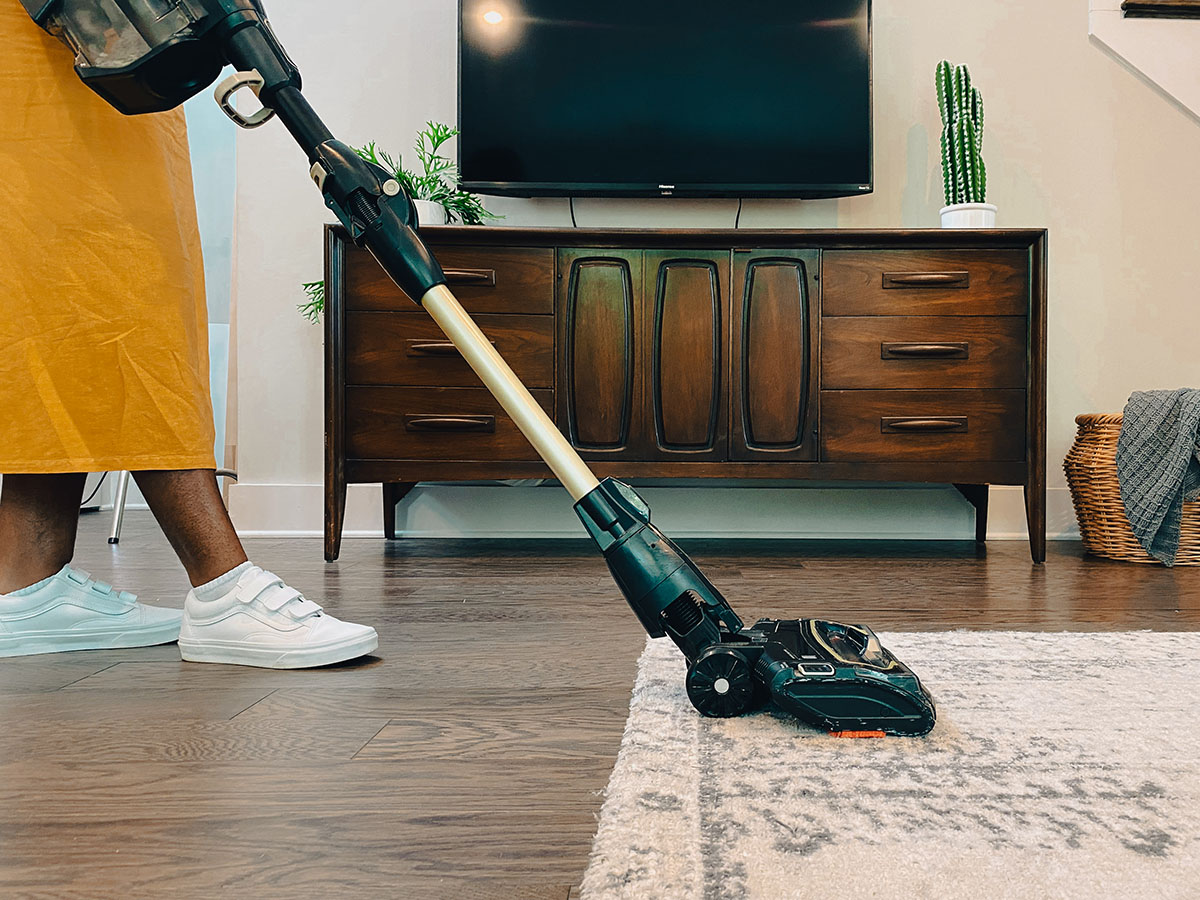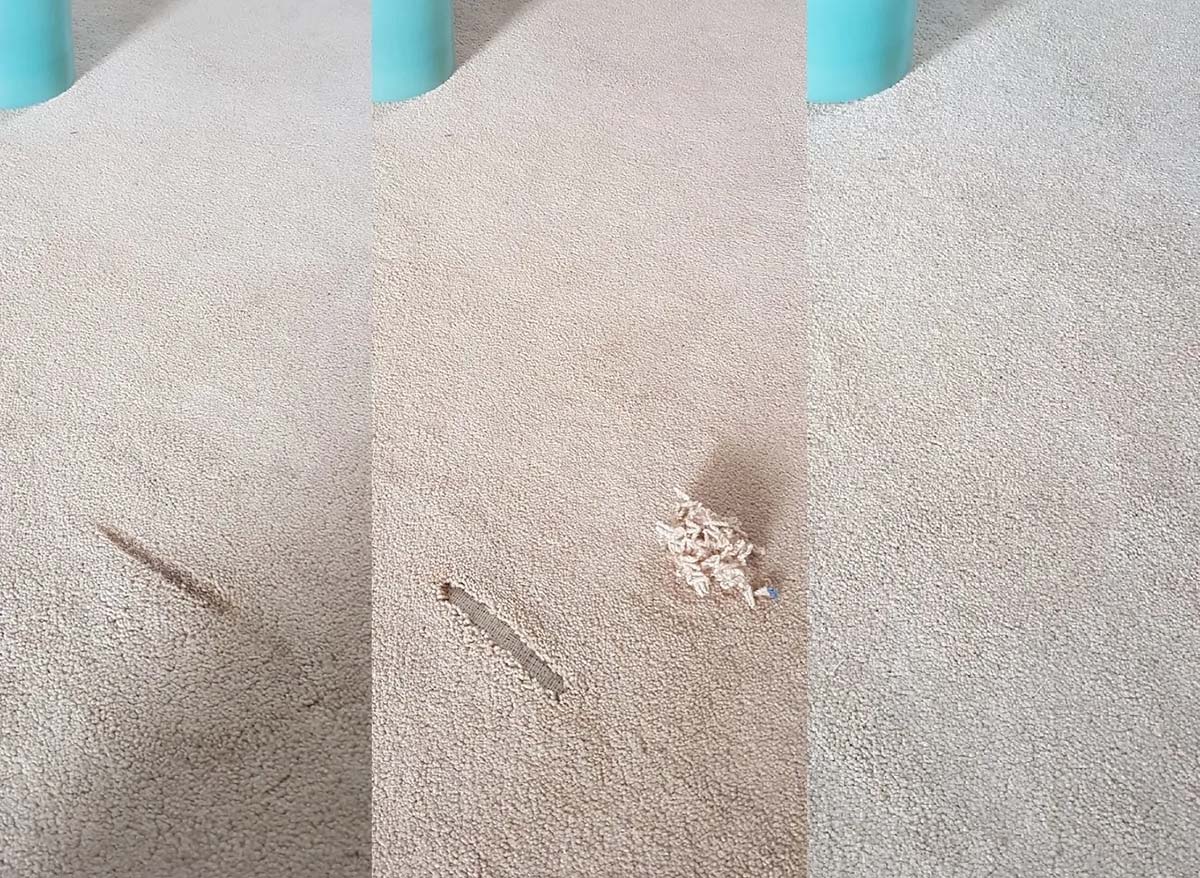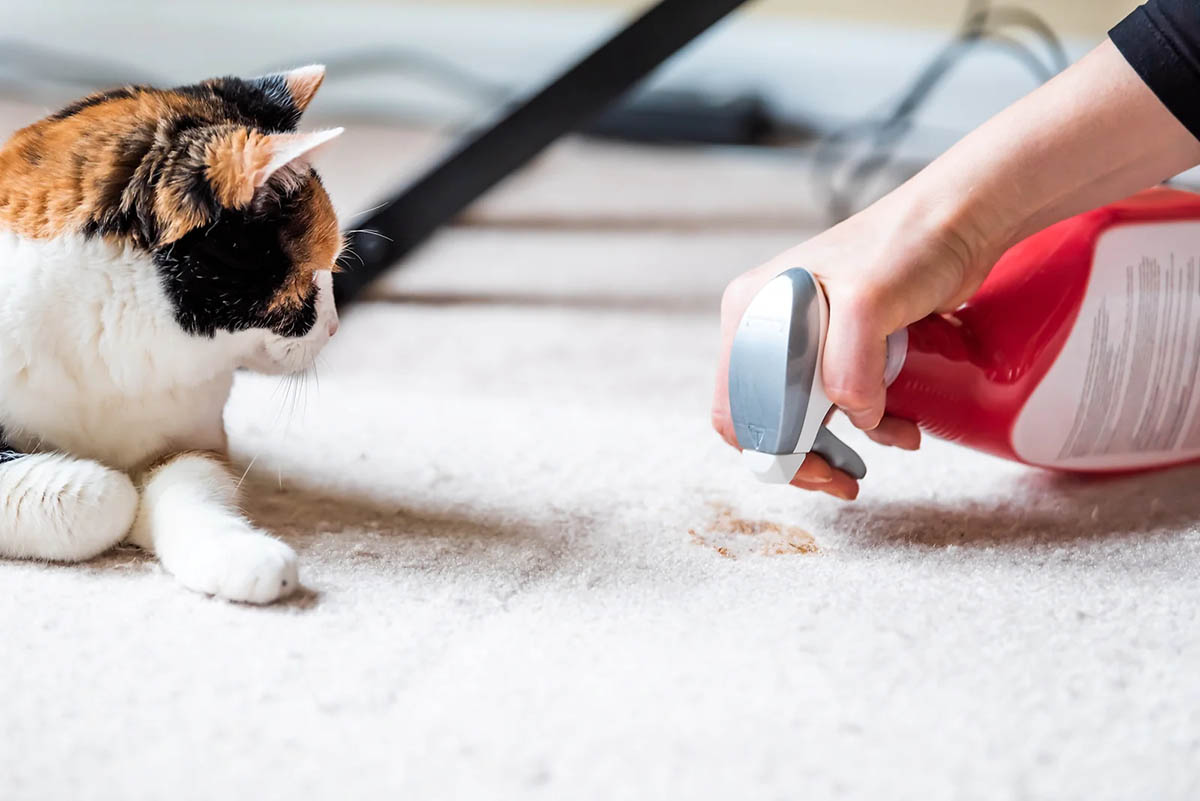

Articles
How To Remove Cat Poop From Carpet
Modified: April 22, 2024
Looking for articles on how to remove cat poop from the carpet? Find easy and effective tips in our informative guide. Say goodbye to carpet stains for good!
(Many of the links in this article redirect to a specific reviewed product. Your purchase of these products through affiliate links helps to generate commission for Storables.com, at no extra cost. Learn more)
Introduction
Dealing with cat poop on your carpet can be a frustrating and unpleasant experience. Whether it’s an accident from a new kitten or a protest from an upset feline, cleaning up the mess promptly and effectively is essential. However, you don’t need to worry because we’ve got you covered!
In this article, we will guide you through the step-by-step process of removing cat poop from carpet. With a few simple supplies and some determination, you can say goodbye to the stains and odors left behind by your furry friend.
Before we dive into the cleaning process, it’s important to note that different types of carpet require different cleaning methods. Always check the manufacturer’s guidelines or consult with a professional cleaner if you’re unsure about using specific cleaning solutions on your carpet.
Now, let’s gather the necessary supplies and get started on tackling that cat poop!
Key Takeaways:
- Say goodbye to cat poop stains and odors by following these simple steps to effectively clean your carpet. With the right supplies and quick action, you can restore your carpet to its former glory in no time!
- Remember, quick action is key when it comes to removing stains. Don’t hesitate to tackle the mess as soon as you discover it. With the right supplies and techniques, you can say goodbye to cat poop stains and enjoy a fresh, clean carpet once again!
Read more: How To Stop Cat From Pooping On A Carpet
Supplies Needed
Before you begin the cleaning process, gather the following supplies:
- Disposable gloves
- Plastic scraper or spatula
- Paper towels or clean rags
- Enzymatic cleaner specifically designed for pet stains
- Soft-bristle brush or sponge
- Bucket of warm water
- Clean cloth or towel
- Vacuum cleaner (optional, but useful for removing any remaining debris)
These supplies will help you effectively remove the cat poop from your carpet and minimize the chances of staining or odor lingering behind. Ensure that you have everything ready before starting the cleaning process to make the task more efficient.
Remember, safety comes first! Wear disposable gloves to protect your hands from any potential bacteria or odor, and keep in mind that some cleaning solutions may have specific safety precautions. Always read the instructions on the product labels carefully.
Now that you have your supplies ready, let’s move on to the step-by-step process of removing cat poop from your carpet!
Step 1: Remove Solid Waste
The first step in the cleaning process is to remove any solid waste from the carpet. Use a plastic scraper or spatula to gently lift and scoop away as much of the poop as you can without pushing it further into the carpet fibers.
Be careful not to rub or smear the poop, as this can spread the stain and make it more difficult to remove. Instead, work from the outer edges of the stain towards the center, gradually lifting and scooping until you have removed as much solid waste as possible.
If the poop is hardened or dried, you may need to carefully break it up using the plastic scraper or spatula. Take your time and be gentle to avoid damaging the carpet fibers.
Once you have removed the solid waste, dispose of it in a plastic bag and seal it tightly to prevent any odors from escaping. Place the bag in an outdoor garbage bin to prevent any lingering smells inside your home.
After removing the solid waste, proceed to the next step to address any liquid stains left behind by the cat poop.
Step 2: Blot Liquid Stains
After removing the solid waste, it’s time to tackle any liquid stains left behind from the cat poop. Grab some paper towels or clean rags and gently blot the affected area to absorb as much moisture as possible.
Start blotting from the outer edges of the stain and work your way towards the center. Be careful not to rub or scrub the carpet, as this can push the stain deeper into the fibers and make it more difficult to remove.
You may need to use multiple paper towels or rags to blot the area thoroughly. Continue blotting until you no longer see any liquid transferring onto the towels.
If the stain has already dried, you can moisten the area slightly with a damp cloth or sponge to help rehydrate the stain before blotting. Avoid saturating the carpet, as excessive moisture can lead to mold or mildew growth.
It’s essential to blot rather than scrub, as scrubbing can spread the stain and cause it to penetrate deeper into the carpet. Blotting allows you to lift the stain without further damaging the fibers.
Once you have blotted the liquid stain, move on to the next step to treat the remaining stain and eliminate any lingering odors.
Step 3: Treat Stain with Enzymatic Cleaner
Now that you’ve removed the solid waste and blotted any liquid stains, it’s time to treat the remaining stain with an enzymatic cleaner. Enzymatic cleaners are specifically designed to break down organic substances, like cat poop, by targeting the molecules that cause stains and odors.
Follow the instructions on the enzymatic cleaner product label for the best results. Most enzymatic cleaners require you to apply the solution directly to the stained area. Use a spray bottle or pour a small amount of the cleaner onto the stain, ensuring that you cover the entire affected area.
Allow the enzymatic cleaner to sit on the stain for the recommended amount of time. This will vary depending on the brand, so be sure to read the instructions carefully. During this time, the enzymes in the cleaner will work to break down the organic matter and eliminate any associated odors.
After the specified time, use a soft-bristle brush or sponge to gently agitate the area. This will help the cleaner penetrate the carpet fibers and ensure thorough cleaning. Again, be gentle to avoid damaging the carpet.
Let the enzymatic cleaner sit on the carpet for a few more minutes to continue working its magic. This additional contact time will further enhance the cleaning and deodorizing process.
Finally, use clean paper towels or rags to blot the treated area and absorb as much of the enzymatic cleaner as possible. Continue blotting until no more moisture or residue transfers onto the towels.
By treating the stain with an enzymatic cleaner, you are ensuring a deep clean that eliminates not only the visible stain but also the underlying odor-causing molecules. Now, let’s move on to the next step to scrub the carpet and remove any remaining traces of the stain.
Use a paper towel to pick up as much of the cat poop as possible. Then, mix a solution of 1 tablespoon of dishwashing liquid with 2 cups of warm water and blot the stain with a clean cloth. Repeat until the stain is gone.
Read more: How To Remove Poop From A Grass Carpet
Step 4: Scrub the Carpet
Now that you’ve treated the stain with an enzymatic cleaner, it’s time to give your carpet a gentle scrub to further loosen any remaining residue. This step is crucial for removing stubborn stains and ensuring a thorough cleaning.
Dampen a clean cloth or sponge with water and use it to gently scrub the treated area. Work in a circular motion, applying light pressure to the carpet fibers. The goal is to loosen and lift any remaining stain particles.
Be cautious not to scrub too vigorously, as this can damage the carpet fibers or spread the stain. Remember, gentle and consistent scrubbing is key to achieving the best results.
If the stain is particularly stubborn, you can use a soft-bristle brush instead of a cloth or sponge. Again, be gentle and avoid applying excessive pressure.
Continue scrubbing until the stain is visibly reduced or completely removed. Pay attention to any remaining discoloration or odor, as these can be indicators of a lingering stain.
Once you’re satisfied with the scrubbing, use clean paper towels or rags to blot the area and remove any excess moisture. This step helps to dry the carpet and prevent any moisture-related issues such as mold or mildew.
Now that the stain has been gently scrubbed, it’s time to move on to the next step: rinsing the area to ensure all cleaning residues are removed.
Step 5: Rinse the Area
After scrubbing the carpet, it’s important to rinse the treated area to remove any residual cleaning solution or loosened stain particles. Rinsing will help ensure that your carpet is left clean and free of any potentially harmful residues.
Prepare a bucket of warm water and moisten a clean cloth or sponge with it. Gently blot the treated area with the damp cloth to rinse away any remaining cleaning solution or residue.
Continue blotting with the damp cloth until you no longer see any traces of the cleaning solution. This step helps to ensure that no cleaning product remains in the carpet fibers, which can attract dirt and cause future stains.
If necessary, you may need to repeat the rinsing process multiple times to completely remove the cleaning solution. Take your time and be thorough to achieve the best results.
Once you have rinsed the area, use clean paper towels or rags to blot the carpet and remove any excess moisture. Press firmly to absorb as much water as possible, but again, be cautious not to rub or scrub the carpet.
Properly rinsing the area is crucial to prevent any potential damage to the carpet fibers and ensure a clean and odor-free result. With the area rinsed, we’re almost done – it’s time to dry the carpet.
Step 6: Dry the Carpet
Now that you’ve completed the cleaning process, it’s important to allow the carpet to dry thoroughly. Proper drying will prevent any remaining moisture from causing mold or mildew growth and ensure that your carpet is fresh and ready to use.
Start by using clean paper towels or rags to blot the carpet and remove as much moisture as possible. Press down firmly and repeat the blotting process until the towels come away mostly dry.
Next, open windows or turn on fans to increase airflow in the room. This will help expedite the drying process by improving air circulation and ventilation.
If you’re in a hurry or want to speed up the drying process further, you can use a hairdryer on a low-heat setting, held a few inches away from the carpet. Move the hairdryer back and forth across the damp area until it feels dry to the touch.
For larger or heavily saturated areas, you may need to use a carpet cleaner with a built-in drying function or call in professional carpet cleaners to ensure thorough drying.
During the drying process, it’s important to keep foot traffic to a minimum to avoid re-soiling the freshly cleaned carpet. Restrict access to the area if possible and place signs or protective barriers to remind others to avoid walking on the wet carpet.
Once the carpet is completely dry, thoroughly vacuum the treated area to fluff up the fibers and remove any remaining debris. This final step will leave your carpet looking clean and fresh.
Congratulations! By following these steps, you have successfully removed cat poop stains from your carpet and restored its cleanliness and freshness.
Always remember to address accidents promptly to minimize staining and odor. The key to effective stain removal is acting quickly and using the right cleaning techniques and products specifically designed for pet stains.
Now you can enjoy a pristine and odor-free carpet, ready for you and your furry friend to enjoy!
Conclusion
Dealing with cat poop stains on your carpet can be a challenging and unpleasant task. However, by following the steps outlined in this article, you can effectively remove the stains and odors left behind by your feline friend.
Remember to gather the necessary supplies before starting the cleaning process, including disposable gloves, a plastic scraper, paper towels or clean rags, an enzymatic cleaner, a soft-bristle brush or sponge, warm water, and a vacuum cleaner (optional).
Begin by removing any solid waste with a plastic scraper or spatula, being careful not to rub or smear the stain. Blot any liquid stains with paper towels or rags, working from the outer edges towards the center.
Treat the stain with an enzymatic cleaner, following the product instructions carefully. Allow the cleaner to sit on the stain for the recommended time, then gently scrub the area with a cloth or sponge.
Rinse the area with warm water to remove any residual cleaning solution, and blot the carpet to remove excess moisture. Finally, ensure the carpet is thoroughly dry before resuming regular use.
By following these steps, you can say goodbye to cat poop stains and enjoy a fresh, clean carpet once again.
Remember, quick action is key when it comes to removing stains. The longer you wait, the more challenging it may be to completely eliminate the stain and odor. So, don’t hesitate to tackle the mess as soon as you discover it.
If you’re unsure about any step or concerned about using specific cleaning solutions on your carpet, consult the manufacturer’s guidelines or seek advice from a professional cleaner.
With proper cleaning and care, your carpet can remain beautiful and free from cat poop stains. So, don’t let accidents dampen the joy of having a cat as a pet, and be prepared to tackle any mess that comes your way.
Now, armed with this knowledge and the right supplies, go forth and conquer those cat poop stains, and restore your carpet to its former glory!
Frequently Asked Questions about How To Remove Cat Poop From Carpet
Was this page helpful?
At Storables.com, we guarantee accurate and reliable information. Our content, validated by Expert Board Contributors, is crafted following stringent Editorial Policies. We're committed to providing you with well-researched, expert-backed insights for all your informational needs.
